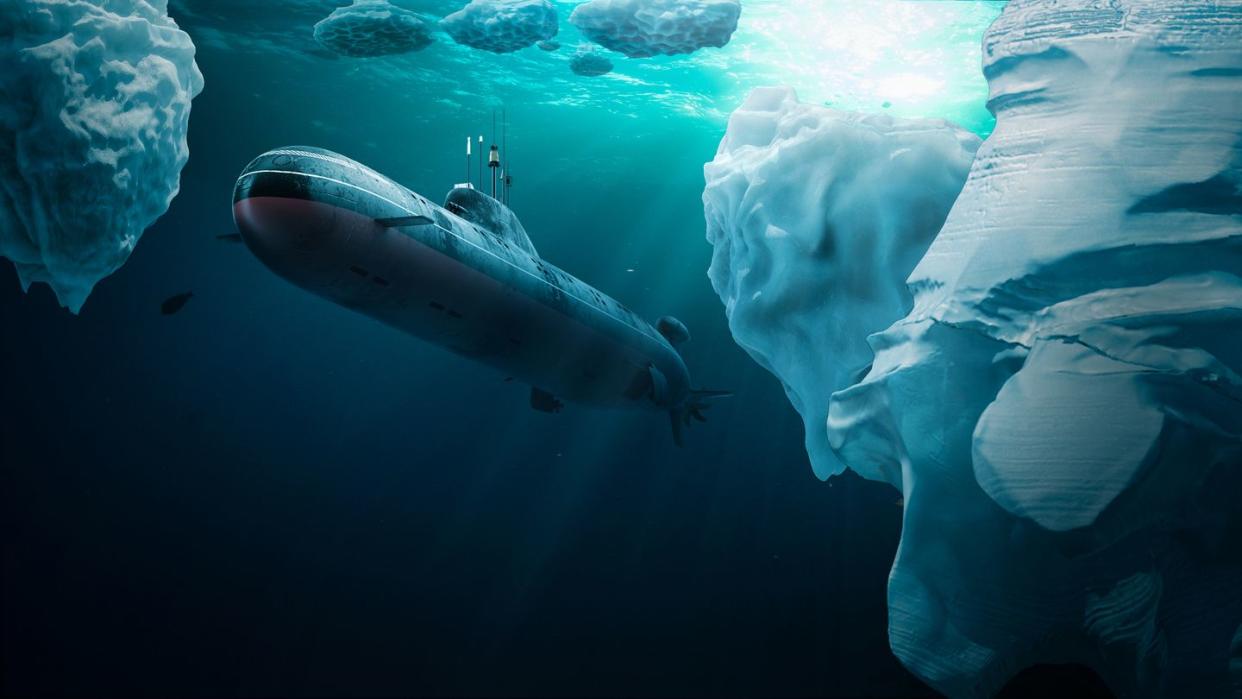A Submersible Disappeared Under the Ice—and So Did the Secrets It Found

During its second expedition to Antartica’s Thwaites glacier—the widest glacier on the planet—an unmanned research submersible named Ran disappeared beneath its icy depths.
After conducting a comprehensive search, researchers from the University of Gothenburg declared the UAV lost.
During its five-year tenure, Ran detailed maps of the glacier’s underside, while also going on many other underwater expeditions around the world.
Antarctica is the most inhospitable place on Earth—for both humans and robots alike. During expeditions under Thwaites glacier in West Antarctica conducted by the University of Gothenburg (in conjunction with the South Korean icebreaker RV/IB Araon), the 23-foot-long, $3.6 million unmanned underwater vehicle (AUV) submersible Ran became lost under 1,500 feet of ice. The submersible, named for the Norse goddess of the sea, has found its final resting place.
“It’s a bit like looking for a needle in a haystack, but without even knowing where the haystack is,” Anna Wåhlin, professor at the University of Gothenburg and one of six participants of the mission, said in a press statement. “At this point, Ran’s batteries are dead. All we know is that something unexpected happened under the ice. We suspect it ran into trouble, and then something prevented it from getting out.”
This expedition was the second time Ran explored Thwaites glacier—the widest glacier on Earth, at roughly 80 miles. It’s also known as the ‘Doomsday Glacier,’ because if it ever collapsed, sea levels would rise by 25 inches. Because of the glacier’s immense size, the team doesn’t have continuous contact with the submersible, so Ran follows a route that’s preprogrammed before diving into the icy waters. When Ran didn’t return to its predetermined location, researchers kicked off a search for the missing submersible, employing helicopters, drones, and other search equipment. But, sadly, they came up empty-handed.
Luckily, this wasn’t Ran’s first rodeo. In 2019, the submersible enabled the team to be the first to ever enter the glacier and study its underside, so as to better understand its melting mechanisms. During these expeditions, Ran produced detailed maps that helped researchers get a closer look at the complicated topography of the glacier’s bottom, which Wåhlin said was previously a “black box” of scientific knowledge.
During this current expedition, Ran was lost on its very last mission, meaning it had the chance to gather valuable data beforehand. All told, the submersible conducted 10 successful expeditions, all while offering invaluable training and development. The team hopes to replace Ran, and will raise money to cover insurance deductions.
“The data we receive from Ran is unique in the world, and of great value for international research,” Wåhlin said in a press statement. “At the same time, the stakes are high, we knew something like this could happen, even that it’s a likely end for Ran. Personally, I’m of the opinion that this is a better end than having the AUV aging gathering dust in a garage.”
You Might Also Like

